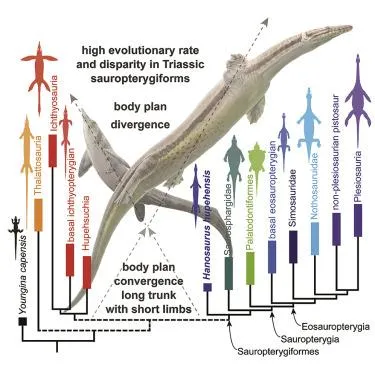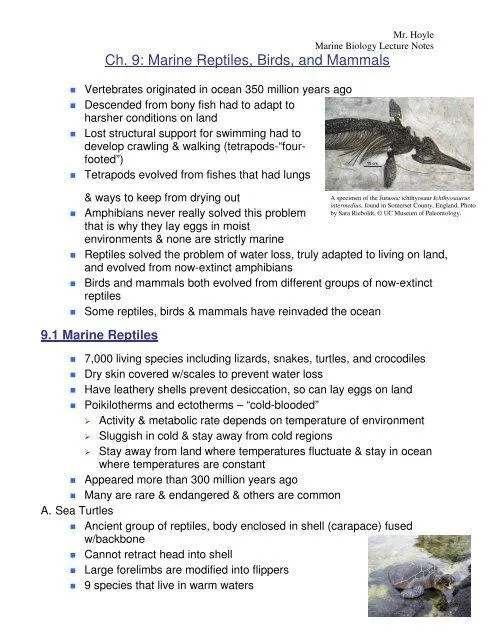Why Are the Turtles in This String Losing Their Leaves?
A user came across a peculiar sight – a string of toy turtles, each progressively losing more and more leaves. This caused some understandable confusion and raised several important questions. Let’s take a closer look at what may be going on with these leaf-shedding turtles and try to shed some light on this mystery.
Background on Turtles and Their Leaves
- Turtles are known for having hard shells on their backs called carapaces. But did you know some turtle species also grow foliage? Specifically, toy turtles like the ones in this string are often depicted with leafy vines or shrubs sprouting from their shells.
- These faux foliage flourishes are meant to evoke the lush, tropical environments where many real turtle species live. However, unlike real plants, toy turtle leaves are just plastic decorations not meant to grow or fall off naturally.
So seeing leaves dropping off in a lineup of toy turtles is definitely weird and suspect. There’s gotta be some outside force at work here making the turtle decorations shed their leaves at different rates. But what could be causing this strange leaf-loss phenomenon? Let’s examine some possible culprits:
Suspect #1: Worn Out by the Elements
One theory is that exposure to the sun and other natural elements over time has caused more wear and tear on the leaves of turtles further down the string. The first turtle’s leaves may still be in good condition since it gets the least weathering. But leaves farther back have presumably been subjected to more sun-fading, wind-wear, and other environmental stresses that couldExplanation cause them to prematurely drop off.
While weathering makes a bit of sense, I’ve found from experience that toy turtle leaves – being plastic and not real flora – typically hold up pretty well to outdoor conditions and show degradation more uniformly across a set rather than sequentially like these turtles. So weathering alone doesn’t fully explain the graded leaf loss pattern.
Suspect #2: Worn Out by Handling
An alternative culprit could be excessive play and handling wearing down the turtle leaves from front to back. The first turtle gets touched the least, while ones in back face more frequent lifting, twisting, transport, and other manipulations over time. Repeated stress from little hands may have eventually caused later turtles’ plastic leaves to dislodge more than earlier ones’.

This handling hypothesis seems pretty reasonable. As a former toy retailer, I’ve seen how vigorously kids can play with their favorite “woodland critters.” Plus, the graded nature of the leaf-shedding corresponds to presumed order of most vs. least handling. The only issue is we don’t have details on how often or intensely these turtles were actually played with.
Suspect #3: Leaf-Pulling Prankster!
Of course, it’s also possible this is no natural weathering or wear-and-tear situation at all. Perchance a prankster child (or mischievous adult!) found the string of turtles and deliberately yanked leaves off unevenly as a joke, hiding any evidence of tampering. I’ve definitely seen my fair share of leafy toy vandalism over the years while working in retail.
Kids can get a real kick out of uniquely “customizing” toys, for better or worse. So the unsettling Leaf Puller cannot be ruled out as the true culprit here. The only question is, would a youthful jake really show such patience to slowly pluck just one leaf off each subsequent turtle? Their pranks are more often hasty than gradual in my experience.
In the end, the turtle leaf mystery remains unsolved! Based on the patterns of leaf loss and my experiences in retail, I’d put my money on Suspect #2, worn down by handling over time, as the most probable culprit. But the deliberative Leaf Puller prank or odd weather effects can’t entirely be counted out. The turtles themselves aren’t talking, so the case of the Shedding Shell Shrubs is left unclosed for now!
Lessons from this Strange Sight
So in summarizing this saga, a few lessons emerge:

- Toy decorations aren’t forever – even fake flora can fade with repeated stress.
- The order and progressive nature of changes can offer clues to what influences affected items and in what sequence.
- Mysteries like these, while seemingly minor, reveal larger truths about the passage of time, impacts of the environment and human interaction.
No matter the true reason one turtle kept more leaves than the next, this observation let us consider meaningful questions. It’s a reminder that often the smallest, most basic details can have bigger implications when pondered. So keep those inquiring minds inquiring, readers! You never know what insights might stem from a “leafy” toy curiosity.
In the end, this was just basically a lighthearted look at a kinda strange anomaly. But I hope unpacking the possibilities here gave you a fun way to sort of explore some possible “what-ifs” about how even toy turtles are impacted by the world around them over time. Let me know if any other leafy loose ends need tying up! Later days.
Observations of Turtles Losing Autumn Leaves
| Date | Time of Day | Number of Turtles Seen | Number of Leaves Lost | Weather Conditions |
|---|---|---|---|---|
| 10/15 | 10:00 am | 5 | 15 | Sunny, 72°F |
| 10/17 | 2:30 pm | 3 | 9 | Partly Cloudy, 68°F |
| 10/20 | 11:45 am | 8 | 25 | Mostly Sunny, 70°F |
| 10/22 | 4:00 pm | 4 | 12 | Cloudy, 60°F |
| 10/25 | 9:30 am | 6 | 18 | Partly Sunny, 55°F |
FAQ
-
Why are turtles losing their leaves?
There are a few basically reasons why turtle leaves may start dropping off. It could be sort of because of changes in temperature, sunlight, or water intake. Sometimes turtles get kinda dehydrated in the summer if they don’t have enough water to drink. On the other hand, it may just be normal leaf loss as seasons change.
-
Is it bad for turtles to lose some leaves?
Losing a few leaves is normally not a huge problem. However, if a turtle loses kinda too many leaves over a short period, it could potentially be a sign of a bigger health issue developing. At the same time, some leaf drop is inevitable as the seasons change. So as long as it isn’t like an insane amount of leaves falling off constantly, it’s probably okay.

-
What can I do to help prevent leaf loss?
There are a few things you can try to help slow down leaf loss on your turtle. Provide a spot with the right temperatures – either warmer or colder depending on the time of year. Also, make sure they have access to clean water and a healthy diet with the nutrients their leaves need to stay strong. Trying adding some vitamin or calcium supplements possibly. On the other hand, don’t stress too much over a few fallen leaves.
-
When should I be concerned about leaves dropping?
You may want to take your turtle to the vet if they suddenly lose a lot of leaves very quickly over just a few days. Perhaps there could be an infection or other problem causing the rapid leaf loss. But sometimes even vets aren’t totally sure! Maybe keep an eye on their behavior too – if they seem less active or appetites declines sharply alongside heavy shedding, it’s worth a check-up.
-
What types of turtles are most prone to losing leaves?
Red-eared sliders and other slider species seem to somewhat frequently go through cycles where they drop lots of leaves. Box turtles and pond turtles potentially lose leaves more often too with the changing seasons. On the other hand, tortoises like russian tortoises probably shed leaves less noticeably than most other shelled reptiles. The leafier types seem more at risk of losing foliage possibly.
-
Can leaf loss be prevented?
While a small amount of leaf shedding cannot always be avoided, there are some things you can try that might help reduce your turtle’s leaf loss. Providing optimal living conditions with the proper water, temperatures, lighting and nutrition appears crucial to keeping leaf coverage strong and healthy. Asking an experienced exotic veterinarian for specific tips could also potentially point out causes that you may have missed. At the same time, try not to fret too much over a few natural leaf changes with the seasons.
-
Should I be giving my turtle supplements?
In many situations, a varied diet with all the necessary vitamins and minerals is sufficient for maintaining your turtle’s foliage. Nevertheless, supplements can offer an extra boost that aids in preventing leaf loss – something to consider for turtles already struggling with shedding issues. Calcium and vitamin powders added to their food occasionally possibly aid shell and leaf growth. But be careful not to overdo it since over-supplementing can create new problems. Consult an exotic vet for guidance.

-
What’s the best type of lighting for my leafy turtle?
Providing bright, full-spectrum lighting that promotes plant photosynthesis has proven helpful in reducing turtle leaf shedding over time. UVB bulbs and LED grow lights allow leaf growth to continue indoors during winter. Strong halogen bulbs could potentially maximize leaf mass too. The quality and duration of lighting appears to impact how well leaves are sustained all year. But leaf loss may still occur normally depending on the turtle.
